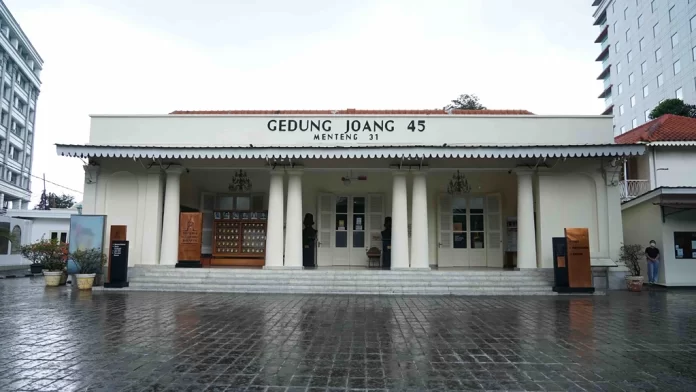Within Jakarta, the capital city of Indonesia, a cluster of significant historical museums grace the landscape, and among them stands the notable Gedung Joang 45 (Joang 45 Building). The Joang 45 Museum may not be as big as other museums in Jakarta, but its existence is a silent witness to the history of Indonesia’s struggle for independence in 1945.
Positioned gracefully along Jalan Menteng Raya No.31 in the heart of Central Jakarta, the Joang 45 Building carries an architectural aura reminiscent of Dutch design. Distinctive features include the commanding and lofty pillars adorning the front façade, imparting a palpable sense of grandeur and historic resonance to the structure.
Over time, Gedung Joeang 45 changed its name several times. Here are the name changes along with some interesting facts:
1. Formerly the Most Luxurious Hotel in Batavia
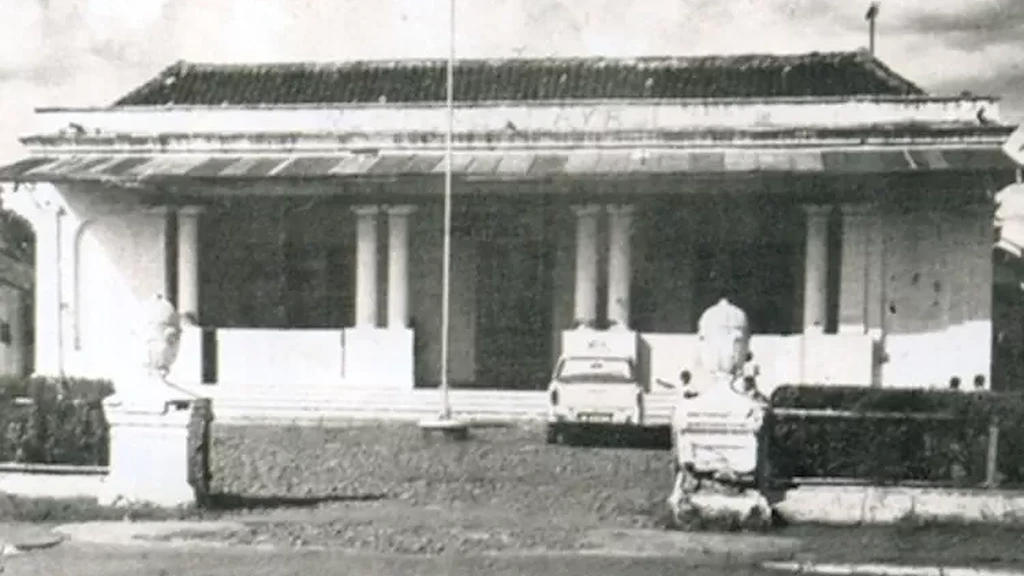
Its origins date back to 1926, when the area of Menteng was still part of Batavia City. This unassuming structure, now a museum, holds a surprising history as the once-premier hotel in Batavia. During the 1920s, most of the land in Batavia City was owned by Arabs due to bustling trade. The Dutch East Indies government acquired the Menteng area, prompting a Dutch entrepreneur named LC. Schomper to build the opulent Hotel Schomper.
Despite its modest size, the hotel gained acclaim for its prime location, luxurious amenities, and elegant design, catering mainly to affluent officials and merchants. Spanning 693 square meters within a total area of 5,000 square meters, the building comprises eight rooms, including living and dining spaces, as well as three bedrooms on each side.
However, the course of history took a turn in 1942 when Japanese forces occupied Batavia. The hotel, along with other Dutch assets, came under Japanese control and was repurposed for propagandist endeavors.
2. Became Asrama Angkatan Baru Indonesia
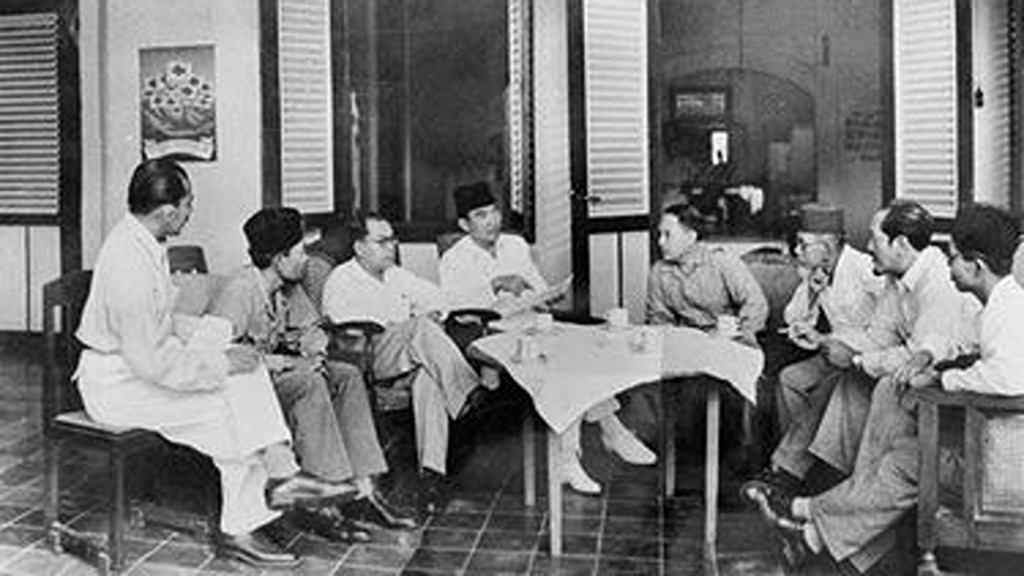
Rebranded as Asrama Angkatan Baru Indonesia (the Indonesian New Forces Dormitory), the building transformed into a hub of learning and activism for Indonesian youth during Japan’s occupation. Led by prominent figures like Bung Karno, Bung Hatta, Ahmad Subarjo, Ahmad Yamin, and Amir Syarifuddin, the establishment aimed to instill the spirit of independence. The Japanese eventually detected this movement, leading to its dissolution in 1943. When it was disbanded, the youth who were studying here, or also known as Pemuda Menteng 31 (Menteng 31 Youth), continued their movement outside Gedung Joang.
3. Pusat Tenaga Rakyat (PUTERA) Gathering Place
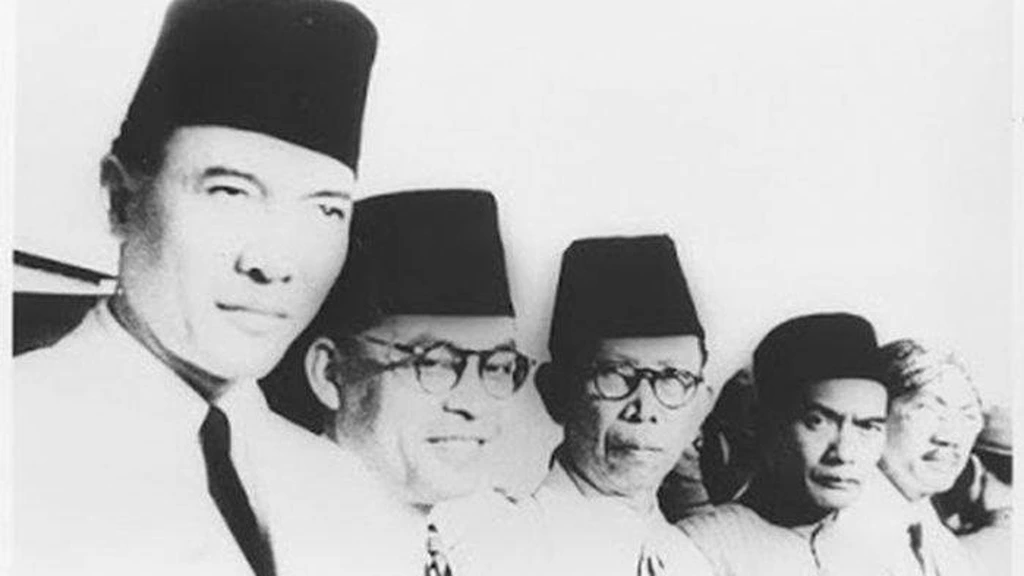
Afterward, this building was used by the Pusat Tenaga Rakyat (PUTERA) which was led by four members, including Bung Karno, Bung Hatta, K.H. Mas Mansyur, and K.H. Dewantara. Similar to the previous organization, PUTERA was disbanded by the Japanese government in 1944 after a year of operation.
4. The Office for Jawa Hokokai
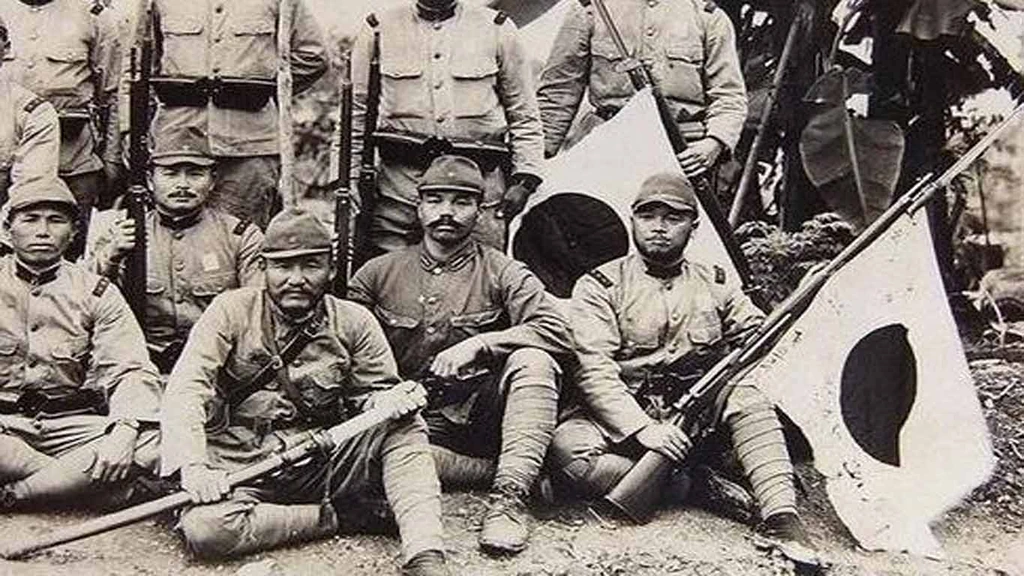
Japan again established a different organization but for the same purpose, namely to mobilize the Indonesian people to become Japanese cadres. The organization is named Jawa Hokokai. The Jawa Hokokai was immediately led by the Japanese military chief. They survived until Indonesia became independent in 1945.
5. The Headquarters Pemuda Menteng 31 Again
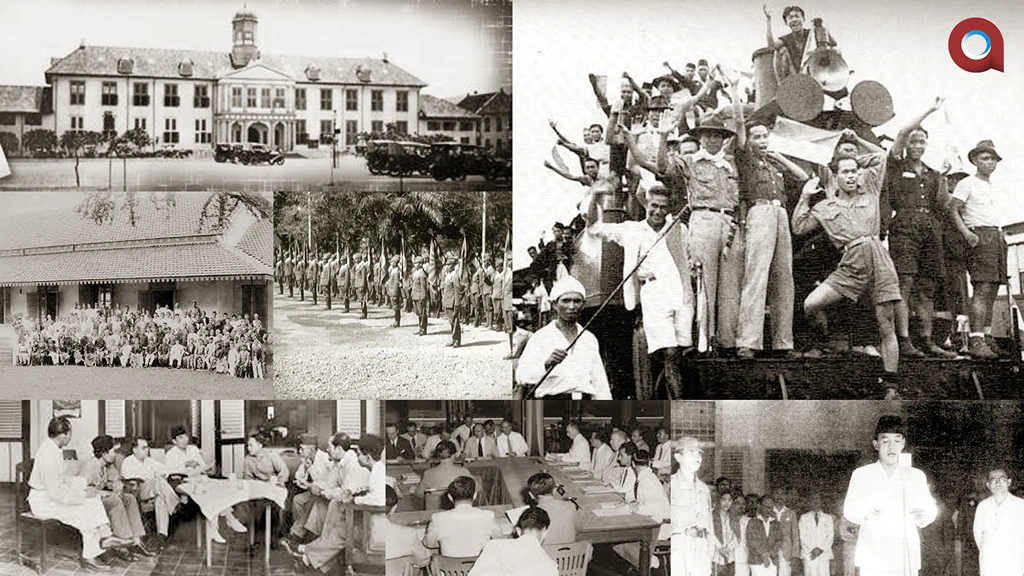
After Indonesia became independent in 1945, the Menteng 31 Youth who had previously been expelled from Gedung Joang now came back and took over the property rights to the building. After being taken over, this building was used as a headquarters to carry out various actions for the struggle for Indonesian independence.
6. Officially Known as Museum Joeang 45
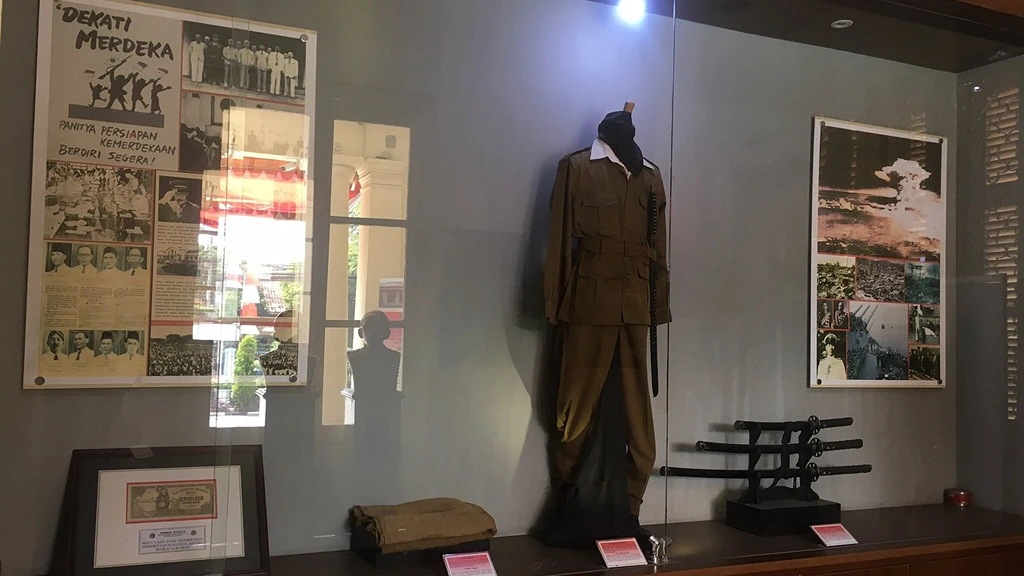
In 1974, following renovations, the Joang Building was reborn as the Joang 45 Museum. Its official inauguration on August 19th was graced by President Soeharto and Governor Ali Sadikin, cementing its significance as a testament to the indomitable spirit and unwavering resolve of the Indonesian people in their pursuit of sovereignty.
Which of the facts above surprised you the most? Share what you think in the comments section below.


